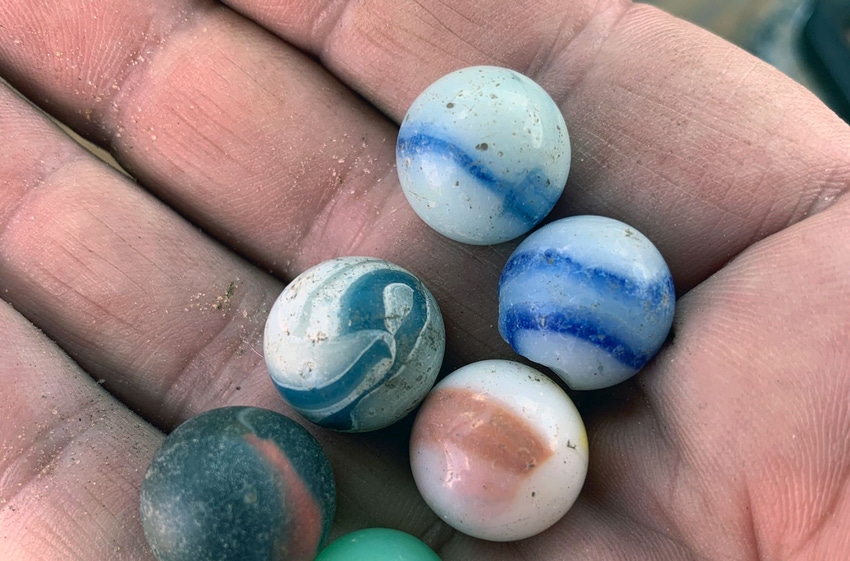
From The Grapes of Wrath, John Steinbeck’s novel on the plight of America’s tenant farmers during the Great Depression, comes the quote, “I’m gettin’ tired, that’s all. I’m gettin’ tired way past where sleep rests me. An’ I jus’ don’ know what to do.” Life in farming then, and now, has never been easy and can be at times deeply discouraging.
On April 23, many of the fields around Tifton and elsewhere in southern Georgia were ready, or nearly ready, to plant to cotton and peanuts. By early Sunday morning, seven inches of rain had fallen in some areas. Fields that had looked so promising only 24 hours before were now washed and eroded by torrents of rain, which carved channels and carried topsoil to the ditches.
After the fields had dried enough that farmers could return with their equipment, I went to visit a few I know well. As I pulled up, I could see a massive effort underway to rebuild what had washed away. Dirt pans, box blades, and now land planes moved tons of soil to piece the fields back together. Seeing me, one of the men stopped his tractor and wearily climbed down from the cab to shake my hand. “Where I didn’t have a cover crop in place, a lot of my field ended up in the ditch. Fixing this will cost me tens of thousands of dollars and, to make it worse, will put me 10 to 14 days behind in planting.” He looked back at the men and equipment moving slowly through the field, and then again at me. “I’m tired,” he said quietly. “A lot of us who farm are tired”.
Many of my heroes are farmers. In the course of a day, I have the chance to work beside them and, with other UGA Extension agents and specialists, offer help, advice and recommendations to them. But no matter how much time I may spend with them, there are gulfs between the challenges they face and the challenges I face that are too wide to bridge.
Walking along the washes near the reconstruction efforts, I came upon an area where a tenant house once stood. Erosion had exposed bits and pieces of plates and ceramic cups, broken bottles (mostly Coca Cola and liquor from the 40s and 50s), bricks, and nails. Every so often a brightly colored marble lost by a child decades ago shown brightly among the splintered glass and scraps of metal.
I wondered about the marbles, at least 70 years old, still as good now as when yesterday’s children played with them. I thought about those children and their families and how their lives had been. From what I have read, during the Great Depression it is estimated that 65% of the farmers in Alabama were either tenant farmers or sharecroppers. Farming in Georgia was probably not much different.
The Second World War took many young men, and young women, away from the farms and few returned to the life they had known before. By 1954, it is estimated that tenant farmers made up on only about 37% of all farmers in Alabama. Following World War II, and with the increased use of tractors and the development of mechanical cotton pickers, the days of tenant farming in the South were numbered. Beginning in the 1960s, tenant houses were being torn down as fields were expanded for increased row crop production.
The tenant farmers and their ramshackle houses have all but disappeared. Their lives have been described as “transient” and “fraught with debt." they relied on their harvest to pay landowners for rent of their homes and the land and to pay the merchants for the food and necessities bought on credit.
Crop failure, because of weather or other malady, meant hard times got harder. But their determination and grit lives on in the men and women who farm today; men and women who may be tired but who keep going. And their lives and their children’s lives live in my imagination with every marble I find where once stood lonely tenant houses.
Said my friend later, “I’m still tired, but next year I’ll plant everything in cover crops.” Which words meant the most to me? Though burnt early this season, he is already looking ahead to next year.
Bob Kemerait is a University of Georgia Extension plant pathologist based in Tifton, Ga.
Read more about:
ErosionAbout the Author(s)
You May Also Like






